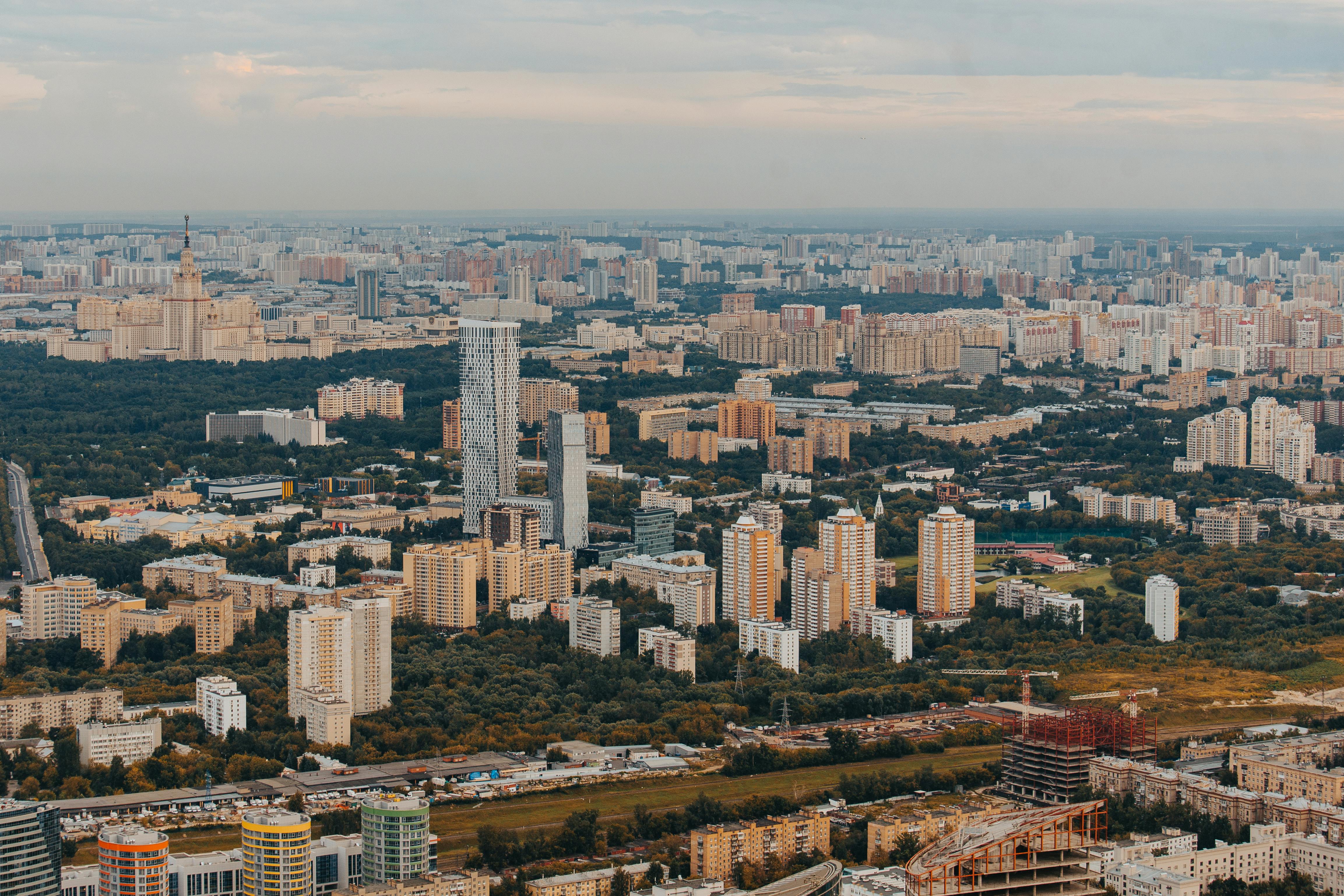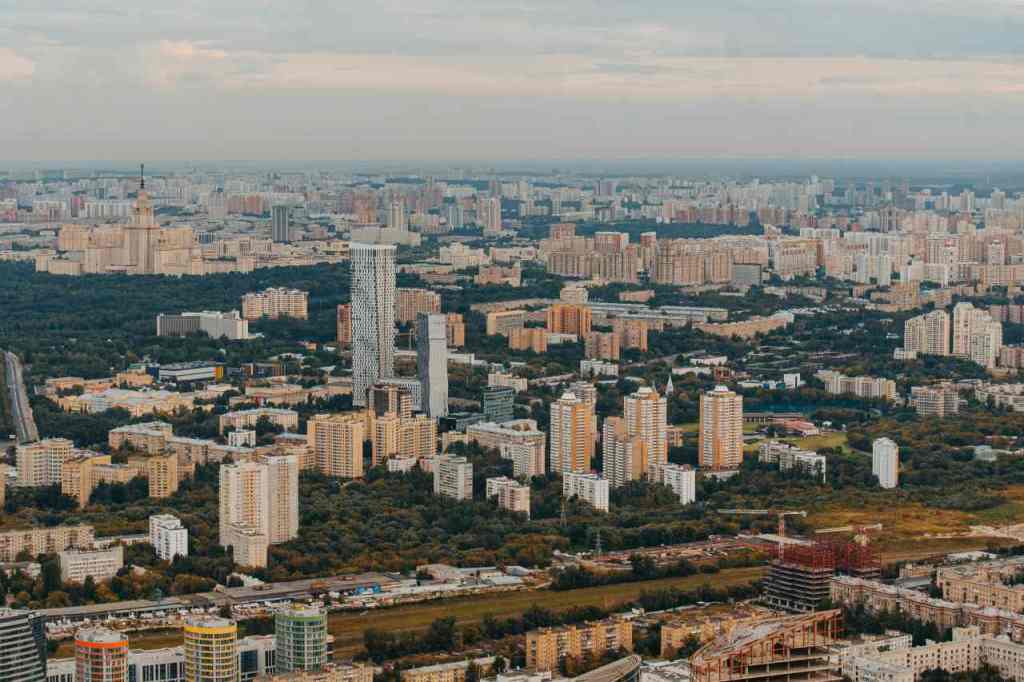
The Humanitarian Catastrophe: Life Under the Shadow of Attrition
The systematic targeting of non-military life generates a protracted humanitarian catastrophe that extends far beyond the immediate blast zone. It becomes a complex, grinding interplay between immediate injury and long-term societal collapse, forcing every citizen to calculate survival minute-by-minute. The economic front may be invisible, but the human cost is etched into the landscape and the psyche.
The Immediate Aftermath in Urban Centers: The Scramble for Seconds. Find out more about Russia drone and missile attacks on residential buildings.
The moments following the sirens are a desperate, brutal race against time. In cities across multiple oblasts—from the outskirts of Kyiv to the front-adjacent centers like Zaporizhzhia—the scenes are tragically familiar. Rescue crews work under the constant, nerve-shredding threat of secondary explosions or follow-up strikes, a tactic that degrades the victim’s ability to recover. The scale of destruction routinely exceeds the immediate capacity of local emergency services. Reports from the field highlight heartbreaking delays in reaching those trapped beneath the debris of their own homes, leading to reliance on sheer neighborly grit. Key operational realities for humanitarian responders in **October 2025** include: * **Energy Infrastructure:** The targeted destruction of energy facilities has caused widespread power outages across numerous oblasts. This immediately complicates rescue efforts, cutting off power for medical equipment and compromising water systems as winter approaches. * **Healthcare Under Fire:** The World Health Organization has verified an alarming number of attacks specifically on healthcare facilities in 2025, resulting in hundreds of casualties among patients and medical staff. Every strike on a hospital or power plant is a deliberate reduction in the capacity to treat the next strike’s victims. * **Displacement Wave:** While the front lines shift slowly, the strikes on cities cause immediate, localized displacement, straining transit centers and aid delivery networks. Aid organizations are prioritizing immediate evacuations and the delivery of critical supplies like water and heating support ahead of the harsh winter season. The resilience shown in these moments—neighbors helping neighbors, volunteers distributing aid despite the danger—is a testament to communal spirit against overwhelming, indiscriminate force. It underscores the practical necessity of immediate aid. If you are looking for ways to support this critical response, organizations often detail their current needs for evacuation and emergency post-strike assistance.
The Psychological Scarring: A Population Under Siege. Find out more about Russia drone and missile attacks on residential buildings guide.
Perhaps the most invisible but most pervasive damage is the psychological toll exacted by living under a regime of nightly, unpredictable terror. This sustained assault is often a deliberate feature of the aggression, aiming to break the national will to resist not by conquering territory, but by grinding down the public spirit through sheer, relentless attrition of safety and security. The cumulative effect of repeated exposure to mass drone and missile attacks, particularly when directed at civilian homes during sleeping hours, erodes the fundamental sense of safety that underpins a functioning society. Recent insights into the long-term mental health picture paint a stark picture: * **Constant Worry:** Data shows that general “worry” among the Ukrainian population has remained chronically elevated, hitting a new high of **57% in 2025**. This state of hyper-vigilance is exhausting. * **Trauma Statistics:** Research into the psychological impact of the conflict points to overwhelming clinical symptoms. Studies have found that a massive percentage of civilians meet the diagnostic criteria for **Post-Traumatic Stress Disorder (PTSD)**, with symptoms like intrusive memories and hyperarousal becoming commonplace features of daily life. * **Community Strain:** The crisis has severely destabilized familial and social structures, with some studies noting an increase in interpersonal violence as a manifestation of the war’s deep-seated psychological mechanisms, such as **moral injury**—the violation of deeply held beliefs that causes profound guilt and anger. Interviews with residents in affected areas speak not just of the physical damage, but of the anxiety sustained by families, including children who have witnessed unimaginable horror. The imperative to maximize the cost for the aggressor is, therefore, also a moral requirement to alleviate this unending psychological burden on the innocent. Understanding the scope of this enduring impact is crucial for any meaningful discussion of community stability and recovery.
Actionable Insights: Navigating the Economics of Attrition. Find out more about Russia drone and missile attacks on residential buildings tips.
The conflict is a stark reminder that economic strength is an indispensable component of national defense. For the aggressor, unsustainable spending leads to fiscal stagnation and domestic fragility; for the victim, the fight shifts to preserving the economic and human capital necessary to endure. Here are the key takeaways from this frontline assessment as of **October 23, 2025**:
- The Fiscal Wall is Visible: Russia’s war machine is demonstrably straining its national budget, with up to 40% of state spending directed toward defense and security. This immense commitment is slowing overall GDP growth to near-stagnation levels of under 1%.. Find out more about Russia drone and missile attacks on residential buildings strategies.
- Revenue Targeting Works: Strategic, repeated strikes on high-value economic assets—like oil refineries—are successfully degrading the revenue streams funding the aggression, forcing domestic economic concessions (like fuel import needs).. Find out more about Russia drone and missile attacks on residential buildings overview.
- Attrition is Psychological, Too: The long-term cost calculation must include the state of the population’s mind. The deliberate targeting of civilian life is a strategy of psychological attrition that results in pervasive trauma, which peace and recovery efforts must be prepared to address for years to come.. Find out more about Economic cost of Russia’s ongoing aggression definition guide.
- Resilience Requires Support: On the ground, humanitarian aid has shifted its focus to winterization, immediate post-strike response, and supporting evacuees, all while operating under the constraint of constant, energy-disrupting attacks.
Looking Ahead: The Decisive Role of Endurance
The battlefield is static, but the economic and human attrition is not. The next phase of this conflict will likely be defined by which side can better absorb the economic pressure and sustain the societal will to resist or continue the aggression. The visibility of the military front should not blind us to the deeper, systemic costs accumulating daily on the economic and human fronts. What part of the economic frontline do you believe will break first—the budget deficit or the spirit of the people? Share your thoughts below on how resilience is forged in the face of calculated, long-term hardship.
